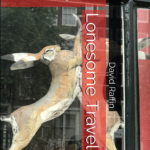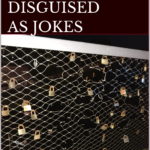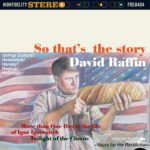My petition for love was denied by the central authority which handles such petitions.
It used to be that these standard rejections came by certified mail and were printed in ornate script on fine paper. Today they all come by text message. Still, they carry with them the same tradition. They are summary rejections. And they are form letters.
If someone were to travel forward from 100 years in the past they would recognize them immediately. “That is a standard rejection of a petition for love, sent by the bureau which handles such,” they would say. But then they would add, “Where is the ornate script and fine paper?” And they would look sad. Because 100 years ago we were a more tactile people appreciative of ornate flourishes. Even if there was, as today, a shortage of love.
A traveler from 500 years earlier would not recognize either rejection. Modern love had not yet been invented. It is a bittersweet fact.
At least in the electronic age one need not stand in the terrible lines at the petition office. As early as a decade ago people still had to queue up in line for hours to qualify for the chance at rejection. People did this, as today, for the slim hope that their petition would be granted.
The form rejection lists a reason. The reason is never revealed outright but instead a reference is made to a number. The number corresponds to a large reference which holds all the reasons rejection may be made. There are 100 volumes in question. The reasons for rejection are, some say, innumerable, but in reality they mostly break down to endless variations on three reasons which no one likes to discuss. Most people do not bother to look up the reference number listed in their rejection.
Mine was V.21.12.91. “Rejected for tendency to look up and contemplate facts and figures.”
We all know people whose petitions for love have been, or seem to have been, granted. It is commonly thought that some petitions are granted only to make the system seem viable. In fact, these successful petitions have a high failure rate. There is a complaint bureau. It is housed on the top floor of the tallest building in the world. There is no elevator. When you arrive at the single window you find it empty with a sign which says: “No Returns.”
There has always been a shortage of love and that is why a system of rationing has been set up. To preserve love by careful denial.
The truth is there has been no new love manufactured since 1992. All the love in the world is used. And second-hand love has a resale value which can only be classified as pitiful.
[amazon asin=B00S481ULS&template=iframe image]

















 RSS - Posts
RSS - Posts